Flat as the prosecco may be, graduation is always an occasion worth raising a glass to. Nearing that final hurdle are the MA Fashion Communications students of London’s fabled Central Saint Martins’ art college. Over the past year, they’ve been honing their communicative capacities across three distinct pathways: Fashion Critical Studies, Fashion Journalism and Fashion Image.
Students from the latter pathway, comprising photographers and videographers, stylists and creative directors, are showcasing the fruits of their labour in a public exhibition, and launched THE PORTFOLIO, a published compilation of their work, last night. Spanning themes as diverse as post-humanist architecture, diverse strains of mythology, and lesbian desire, this year’s graduating class are a testament to the King’s Cross institution’s reputation as a cradle for the leading fashion voices of tomorrow.
Accordingly, i-D caught up with five of the young creatives leaving Granary Square to learn a little about their final major projects.

Daniela Benhaim Benhamu , Stylist & Creative Director, La casa
Home is such an ambiguous concept. Even though I’ve only been living in London for a year, every day, when coming back to my rented flat, I feel at home. At the same time, when I travelled to Venezuela last summer, I said ‘I’m going home’. So I started asking myself: ‘What is home?’ But it’s always been an of interest of mine. Even before I moved to London, I was fascinated by the abandoned buildings in Caracas and their connection to the many families that have migrated from them.
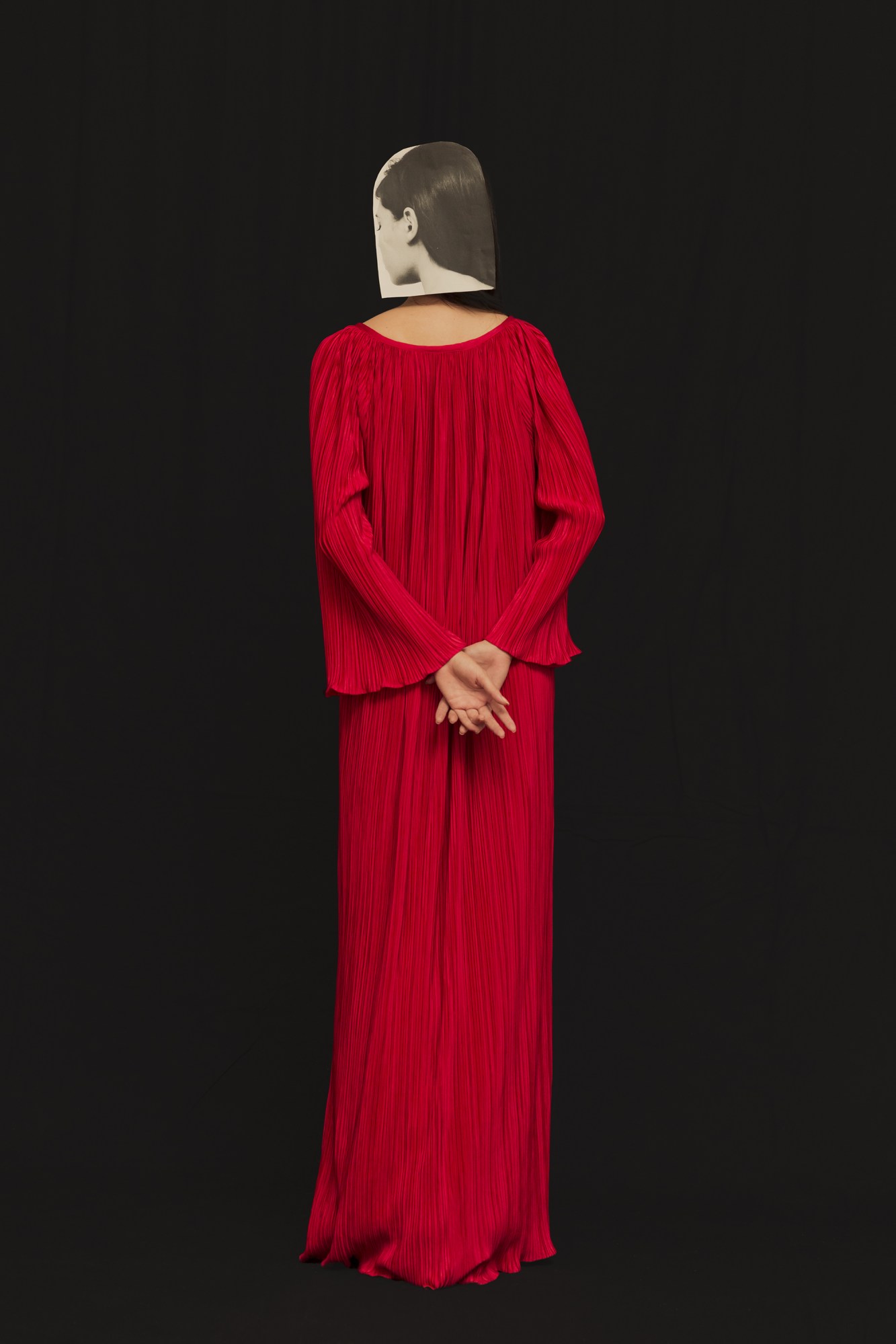
When I started this project, I tried to define what the house is. But now I’m also reflecting on what it isn’t, building on Marc Augé’s idea of the ‘non-place’, a transitory space. I want to keep researching the construction of the house and what makes us feel at home in turbulent times.

I’m also interested in the relationship between women and the domestic space, and its subversion. Female artists have used fabric, masks and dolls to both celebrate femininity, and to play with social and gender constructions, and when I visited Dorothea Tanning’s exhibition in Madrid, I became obsessed with her soft sculptures. At the same time, I have loved the work of Armando Reverón and Juanita Ríos, especially their dolls, since I was a little girl. Inanimate figures seemed like good props for exploring themes like alienation, loneliness, identity, imagination, and the female body. Like Tanning, Louise Bourgeois and Eileen Agar, I use old garments to produce masks and dolls; rags with holes, stains and smells that like the house and body show signs of time and decay.

Kiri Leigh Zullo , Photographer, Lines of Sight
Myth and folklore have always interested me. From a young age, I read every book I could find about fairies. My family and I moved to North Yorkshire when I was 11, and we frequently went for long drives through the Moors and Dales. The rich visual imagery of folktale provided the perfect context to explore how fashion was related, and it was only natural to continue this exploration in an even deeper sense. In North Yorkshire, folklore is deeply rooted in the landscape and culture.

I wanted to create a practice that approached folklore and mythology in an ethical way, I began with Martin Shaw’s essay ’Small Gods’ where he introduces the idea that tales and stories needed to be kept within the context of their location, otherwise they lose all meaning. Using that logic, it only made sense that my project needed to stay as authentically North Yorkshire as possible. I worked with local storytellers, writers, and folklorists to record the tales as a way of keeping the stories within the appropriate region. I then worked predominantly with North & West Yorkshire based designers and models.
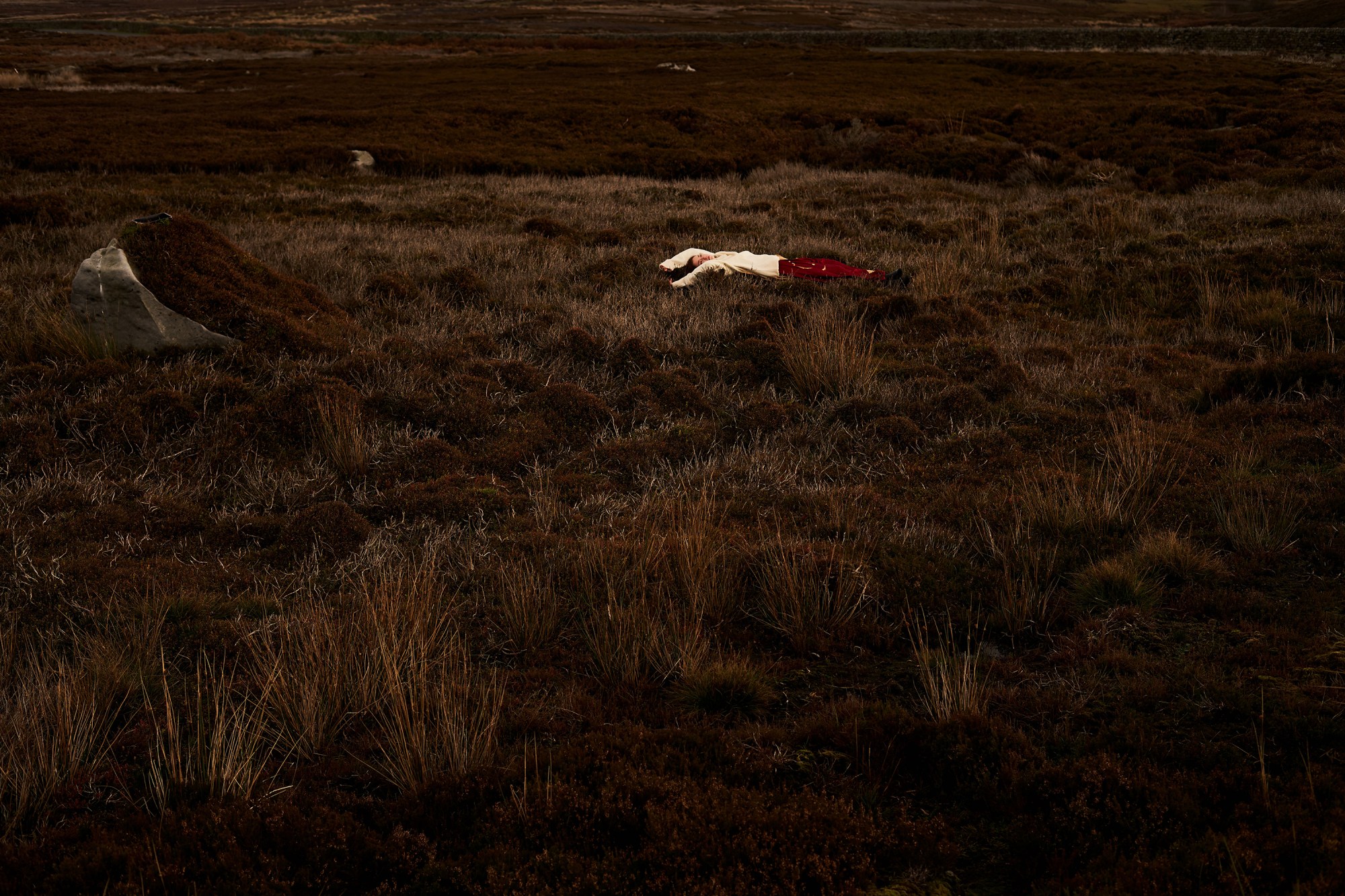
The glue that ties everything together is the ley line aspect. A lot of this folklore takes place within the context of pre-historic landmarks. Using ley lines made sense as a way to track all of the significant sites and stories. I used the original early-20th-century approach created by Alfred Watkins to map out five new ley lines in North Yorkshire, and each location and folktale in my project falls on one of these five lines. Ley lines are a subject many people think they understand, but the current “dowsing” thought process strays from the original early work, proving to me the importance of making these connections for today’s generation.
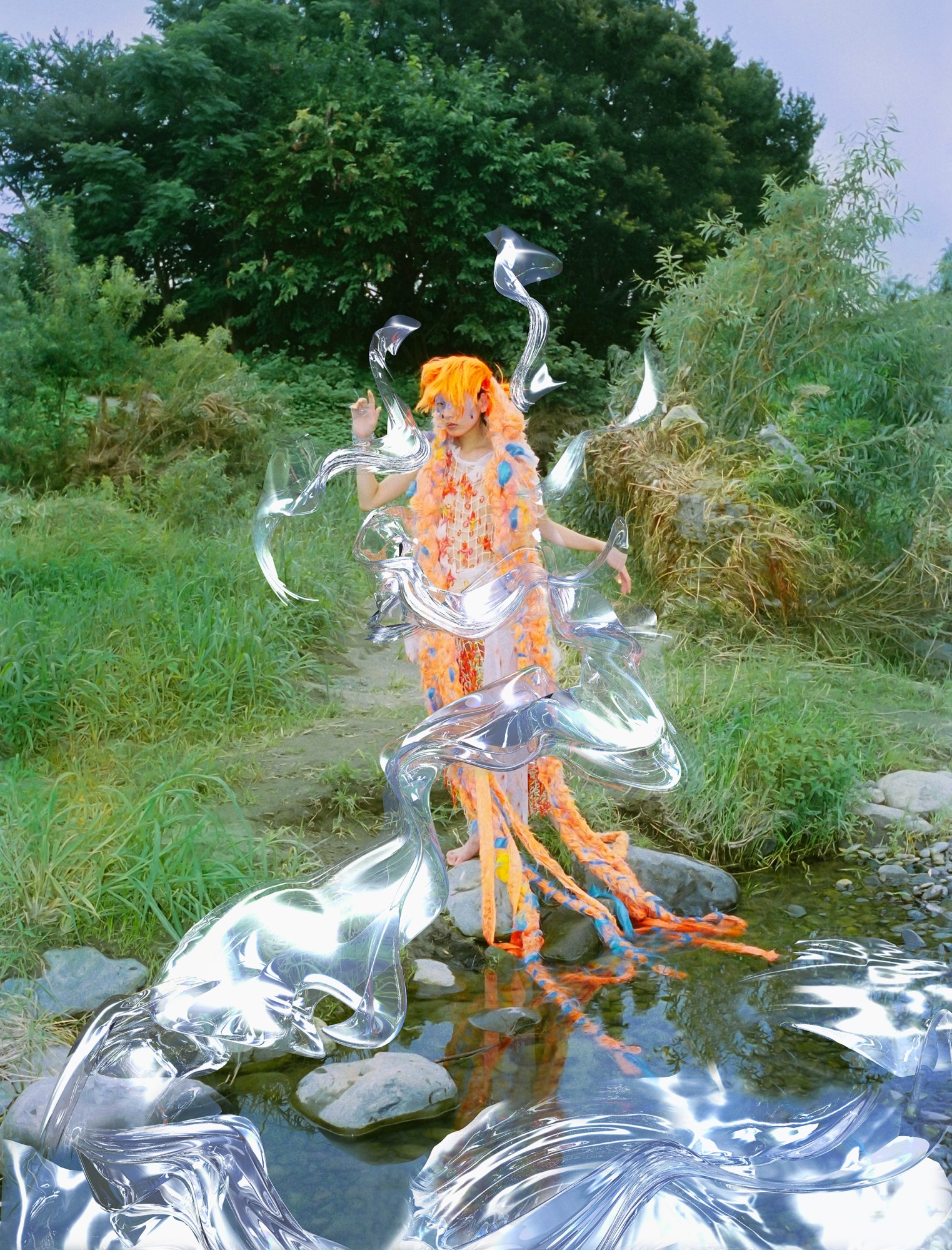
Cvalda Xie , Stylist & Creative Director
I was thinking a lot about what will happen when the development of science and technology reaches a certain point. How will the shortage of environmental resources stimulate the potential of human ‘wisdom’ to use technology to survive? And how will the relationship between individuals and society be affected?
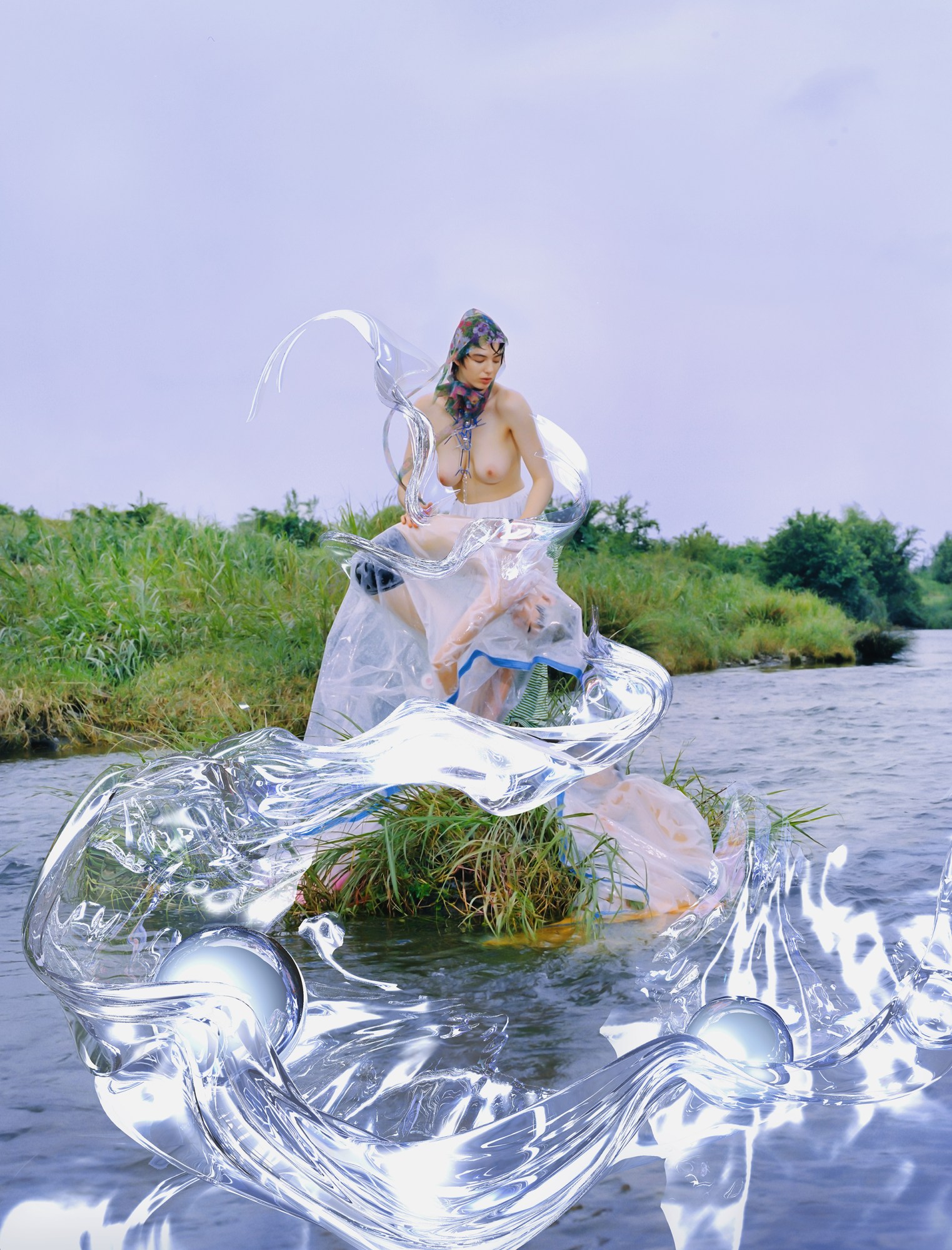
My interest in the theme was triggered when I was looking through some post-humanist architectural designs as part of my research, like Pig City by MVRDV, Resi-Rise by KOL/MAC Studio, Kinoyori Kikutake’s Marine City. I wanted to find out what sort of urban planning models will emerge in a post-humanist society, and how they compared to the historical ones we’re familiar with. How do these changes relate to modern and future technologies? And will the development of new urban architectures and technologies cause deviations in social relationship, lifestyles, or ideologies?

In the images, I wanted to contrast natural imagery, which gives the work an illusion of a utopian visual experience, with digital effects. They were a way to show that my work reflects a dystopian vision. For the styling, I was influenced by Lucy McRae, who explores the relationship between technology and the body. I also looked at some fine art works and sci-fi movies, but the most important thing was simply how the relationship between the styling and the surroundings matched to the image I had in my mind.

Ottilie Landmark Rasmussen , Photographer
The contrast between the long dark winters and bright summers in Denmark, where I’m from, play a crucial role in my basic understanding of light. It’s central to how I enhance the storytelling aspects of my work and introduce a sense of drama. That said, the contrasts are also a symbol of dualities, something every aspect of life contains.
My work explores desire through a voyeuristic lesbian gaze: it’s a compilation of curated and intimate moments. Looking at photographers like Guy Bourdin and Helmut Newton, I attempt to subvert traditional clichés that have been linked to the male gaze. Female desire is usually romanticised and portrayed in a single-faceted manner which often doesn’t represent reality. For me, sinister passion and blissful sensuality go hand in hand.
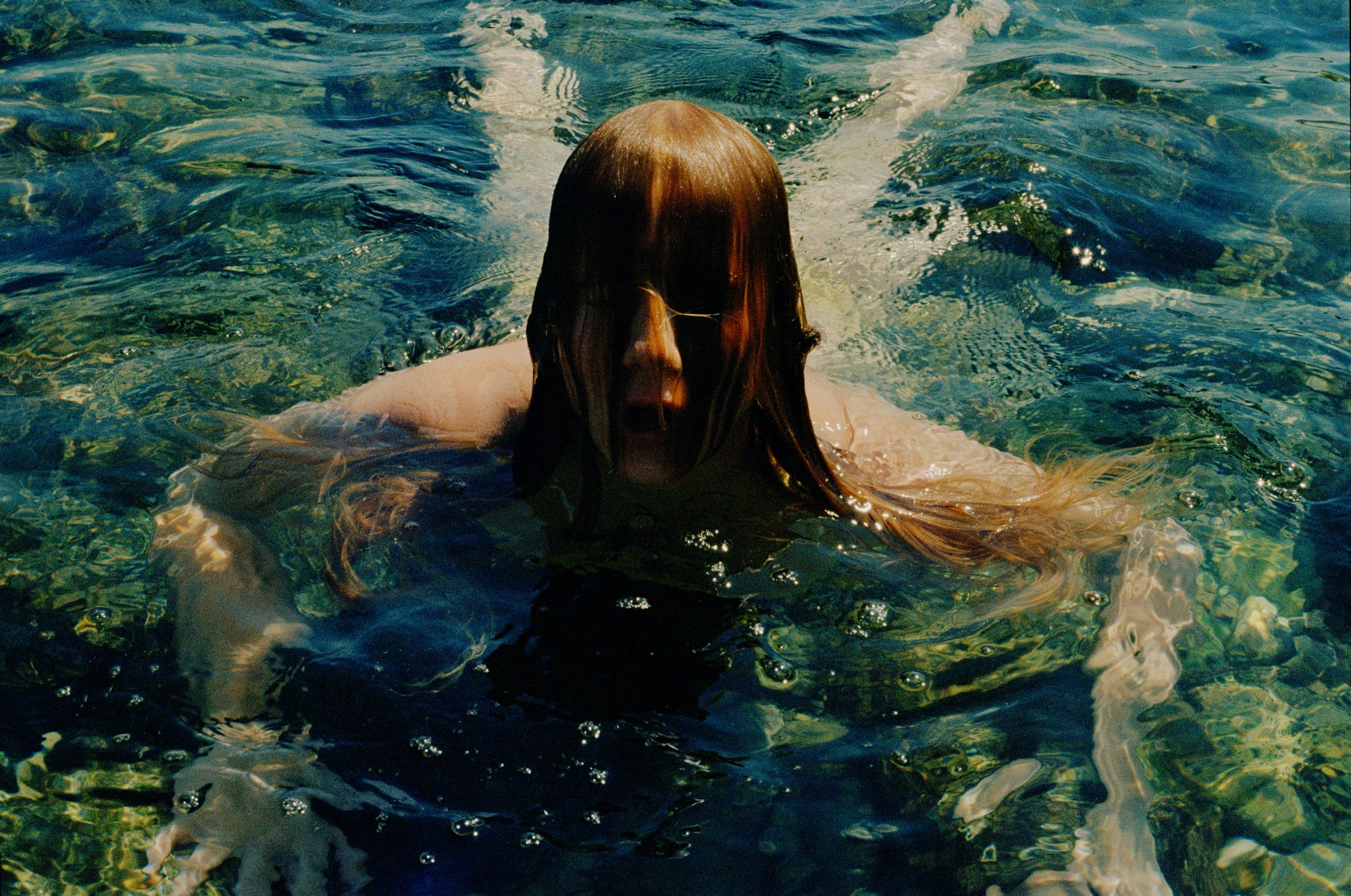
A lot of the images are of my partner Sinéad, who was a great source of inspiration. Photographing her, I feel very comfortable, which I think is apparent in the photos. But I wanted to challenge myself, adapting this way of looking to other scenarios. I like to challenge the way that women are supposed to behave, thereby reversing stereotypical gender norms.
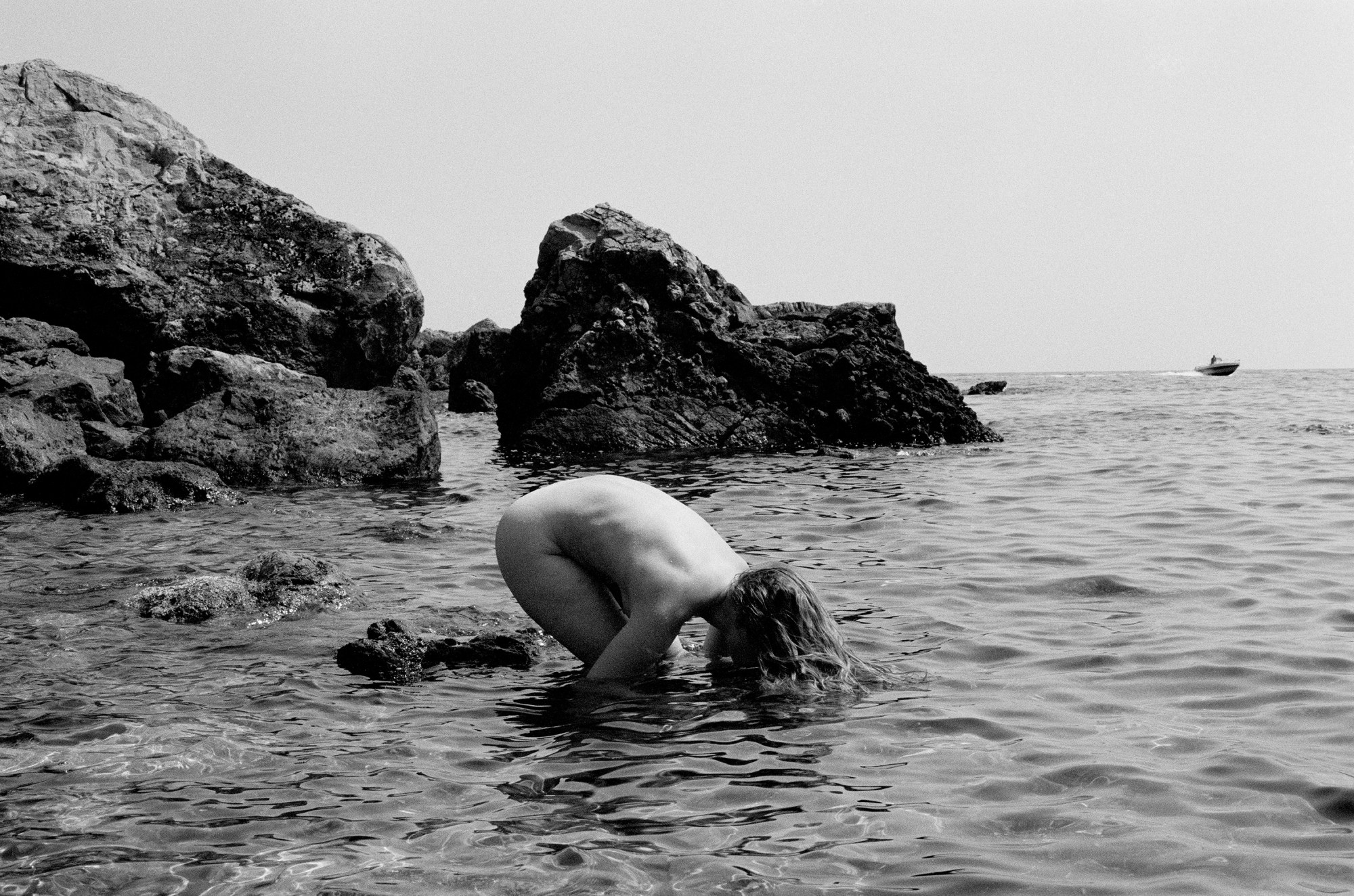
It’s by observing or ‘looking’ that I realise my desire for something, so the project sort of “created itself”, even if I was trying to go in a million different directions at first. Going through the process of making it, however, made me realise the importance of trusting my gut.
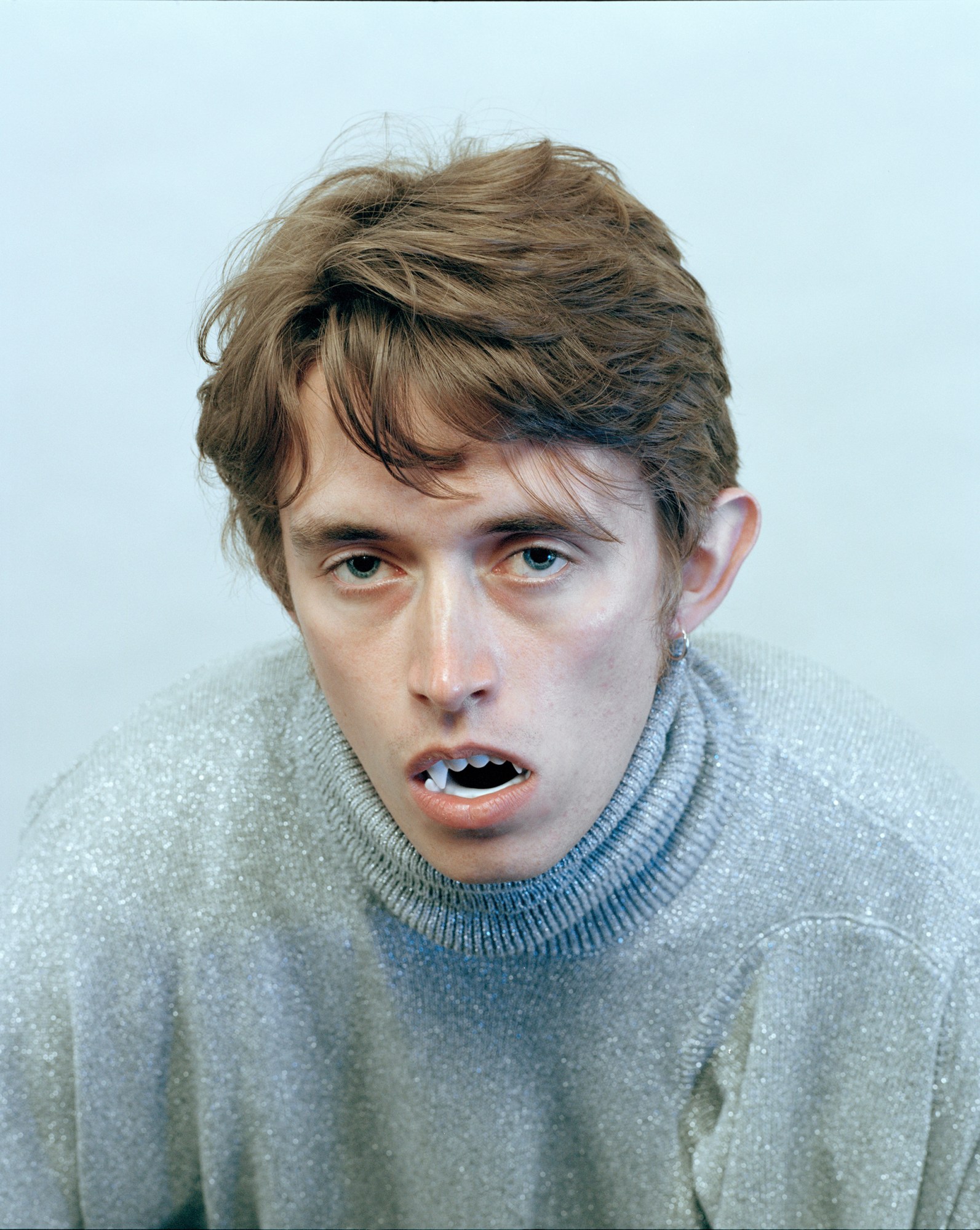
Ethan Hart , Photographer & Videographer
I never had a huge relationship with Irish mythology and storytelling growing up, I was much more into Darren Shan and A Series of Unfortunate Events and stuff like that. I had a book on Irish mythology, but it sat on my shelf for years. It was always something that a lot of Irish people would consider dull or irrelevant which was sort of why I was interested in it in the first place.
My grandad used to tell us stories about beings that lived up in the woods behind their house and about the fairy’s in the trees. My aunt used to bring us to a fairy fort near her house in Leitrim, which was a mound of branches and undergrowth in the middle of a field off a quiet farm road. We were so curious about it but never gathered the courage to climb inside. I spent last summer back home and went camping with some friends in the countryside for a while and it was the first time since I was a child that I had engaged with Irish story culture. I got completely invested in it all over again.
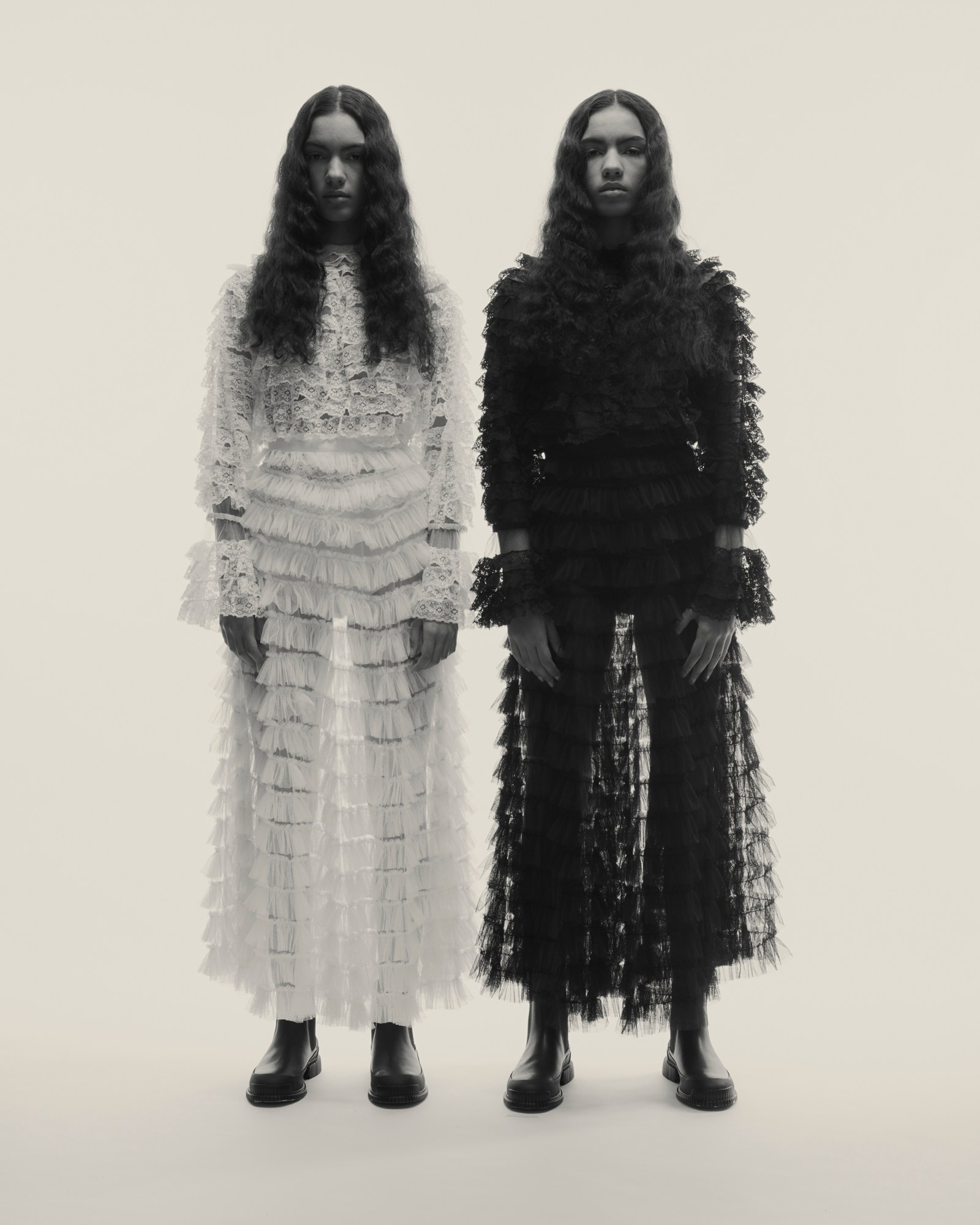
I wanted to paint a whole picture of Irish mythology rather than telling a series of separate stories so I took inspiration from a few places and brought them together. The main narratives were from The Lake of Sorrows, The Quest of the Sons of Turenn and Oisín in the Land of Youth. Alongside mythology I looked at Ireland’s history of paganism, Festivals like Samhain (Halloween) or Bealtaine or even just the tiny superstitions people have deep in the countryside about the tree in their field or the little pile of stones on their wall.
Irish mythology is all about giving some information and letting the listener figure out the rest, you’re not really supposed to know the truth or how it all panned out in the end. In a similar vein, I’ve always loved an abstracted image. I love for someone to look at a photo and wonder what it even is, or for it to allow their imagination to understand it better than if it were clearer. But clarity was also important, I wanted it to be very real at times, interspersed with moments of fun. I wanted it to bounce between this unsettling world of magic and darkness to goofy images of a boy with elf ears grinning like an idiot at the camera. I think that’s what made it more about Ireland than anything else.
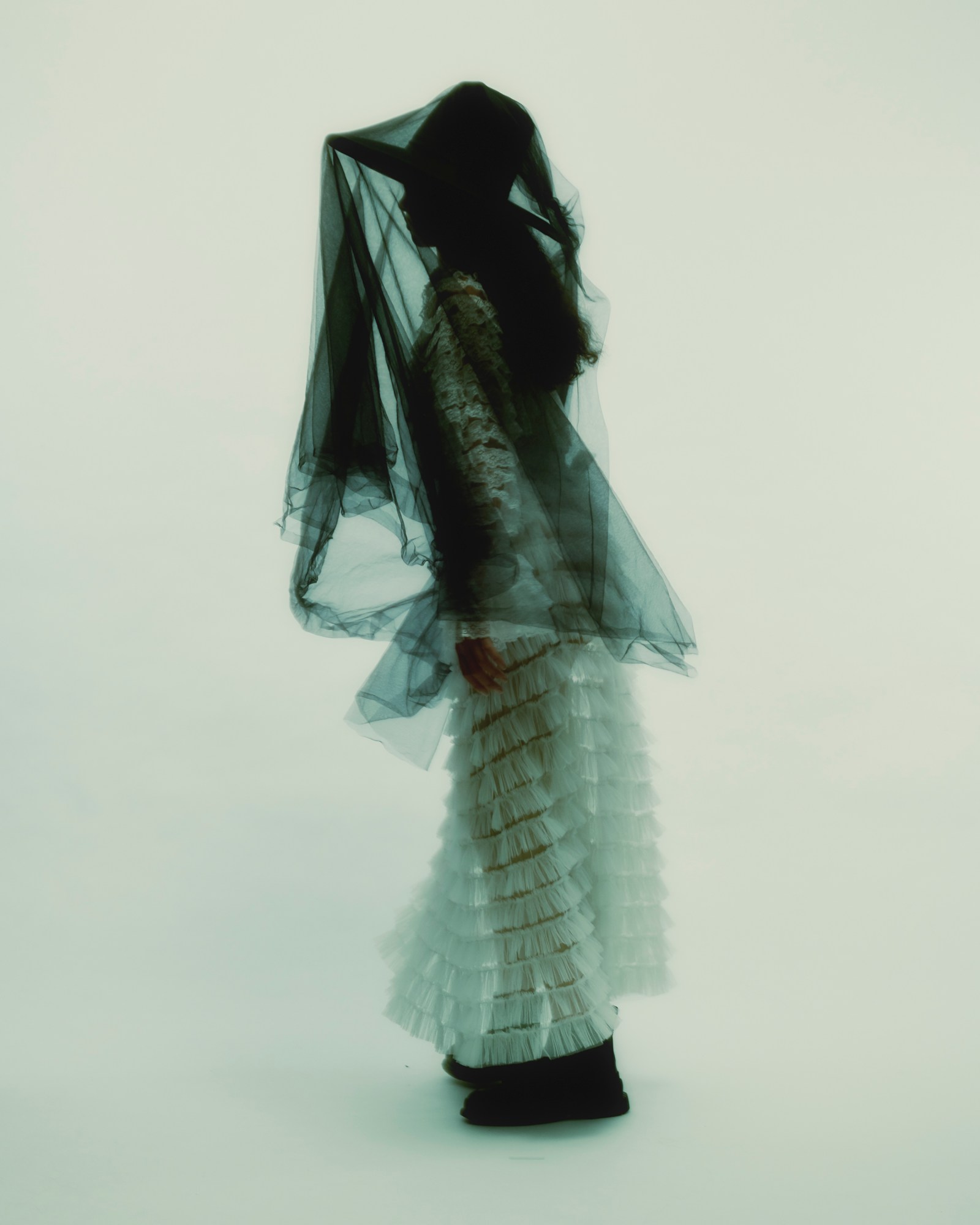
‘Portfolio’ at 18Montrose, 6-8 Stable Street until 29th November 2019
